If you lose your dinghy, it’s like being without your car. Losing on costs a big financial hit and keeps you from getting around. We worried about someone stealing our dinghy. Our experience, however, found that more people had their dinghies float free.
Here are a few tips both to avoid losing it and prevent theft. If the worst happens and you do lose it, we include some tips for getting it back. Most of these apply to a kayak or SUP as well.
Tips for Hanging Onto Your Dinghy
The most important tip is to keep from losing the dinghy to begin with, starting with tying it up properly.
Tying Your Dinghy
Always tie your dinghy up yourself (or your partner/family). Don’t rely on someone else to do it properly. Never assume that someone else — no matter how experienced they are — will tie it securely. Further, if you do it yourself and it comes loose, you have no one else to blame.
Learn the proper way to tie your dinghy to a cleat and also to a bar or ring. Then, do it the same way every time. Make sure that everyone on board your boat does it the same way. When you get into a habit, you’ll do it correctly even when you’re bone tired, half-sick or perhaps had an extra drink at a fun beach bar. It also helps if you ever have to untie the dinghy in a hurry.
Look at your dinghy bow line and attachment points every time you tie up. It only takes a second to see if anything needs repair or maintenance (and, it goes without saying, take care of things promptly).
If there is a lot of current, use a second (backup) line. Make sure that it is totally independent — a separate line, attached to the dinghy in a different place than the primary painter, and tied up to a different fitting ashore or on the big boat.

Separate lines, separate attachment points on both the dinghy and Barefoot Gal
Beaching or Anchoring Your Dinghy
If you have beached the dinghy, tie the painter to something as well or dig the anchor in. Even if the tide is going out, you never know when there could be a big wake that floats the dinghy. You could even be delayed getting back to the dinghy until after the tide turns.
When anchoring your dinghy, be sure to use enough scope and be sure that the anchor is securely attached to the rode and the rode attaches securely to the dinghy. Again, always look at the rode and attachment points when deploying and retrieving the anchor — things that looked just fine yesterday may not be today! Where possible, dive on the dinghy anchor to make sure it’s well dug in. Obviously, too, using a good dinghy anchor will significantly improve the odds that the dinghy won’t drag anchor. We love our little-bitty baby Mantus dinghy anchor.
When the Dinghy is Attached to the Mothership
At night or if storms or high winds threaten, get the dinghy out of the water, if at all possible. There’s a lot less chance of theft and “driftaways” if the dinghy is out of the water.Our “standard operating procedure” was that the dinghy came out each and every night. No questions, no “should we do it?”
The key was to make it easy. We had davits on Barefoot Gal, and they made it so easy. On our previous boat with no davits, we took the outboard off every night and hoisted the dinghy with the spinnaker halyard so that it was level with the deck. Once we installed our whisker pole, we used that to keep the dinghy off the side of the boat. Even if you can’t get the dinghy out of the water, simply hoisting the outboard to the stern rail will make the dinghy far less attractive to thieves. If it does float off, at least you won’t have lost the motor.
If you simply can’t get the dinghy out of the water before a storm hits, at least get the second bow line (safety line) tied off.
Securing Your Dinghy
We padlock the “ears” of the dinghy motor together. There are various locking devices that you can buy to theoretically make it harder to cut a padlock off, but our experience in the self-storage industry has taught us that if someone really wants to cut your lock off, they’ll figure out how to do it. That said, a lock of any sort will deter many thieves.
Chaining (or using a bike cable) your dinghy to a dock or “big boat” with a padlock is also a deterrent. The big problem is where to attach it to the dinghy that isn’t easy to cut through. Most padlocks can be clipped off in just seconds with a pair of bolt cutters. So it’s a deterrent, and will help if the dinghy becomes untied, but nothing is 100% theft-proof.
Marco Rancourt also recommended a Trimax alarm cable (Amazon) in comments. If a thief tries to cut the able, an alarm will sound. It may deter a thief of opportunity.
Tips to Recover a Lost Dinghy
Give a “unique look” to your dinghy — preferably very bright so that it’s easier to spot if it drifts off (gray dinghies are hard to spot on the water or tucked under mangroves). We’ve seen bright pink, yellow, blue, green, red and orange, either painted or the fabric chosen for chaps. Stripes, polka-dots and even cow spots can make a dinghy hard to mistake. While easy-to-identify dinghies may not stop professional theft rings, they certainly seem to deter small-time opportunistic thieves.

Fellow cruiser Bob Morgan suggested applying reflective strips as well. If the boat goes missing at night, it will make it easier to find, and perhaps, keep someone from hitting it.
Keep a record of your dinghy’s serial number and registration number if it has one, as well as the engine serial number. If someone steals your dinghy and you recover it, this will help you prove ownership.
Take photos of the dinghy from several angles and some with you (and boatmates) in them. Again, it will help with proof of ownership. Keep a copy of the photos on your phone — if your dinghy should go missing, it’s an easy way to SHOW other people what it looks like (good in general, but especially good in countries where you are not totally fluent in the language).
If the dinghy does go missing, immediately post the photos on social media, particularly on cruisers’ groups in the area. Facebook, Twitter and Instagram are all good for getting the message out quickly. And make a general call on the VHF (whatever channel is the local hailing channel). It’s important to tell when it disappeared, from where, and what direction wind and current were in. Ask people to share — and be sure to post an update (better, add a line at the beginning of the original post) if it is recovered.
Should You Tow a Dinghy?
Towing a dinghy (or other water toy) is asking for trouble. I can’t tell you the number of people that I know who have lost a dinghy while towing it — and didn’t realize it immediately and never did find it. Every boat is different, but davits are great for short hops in benign conditions; ocean passages or snotty weather call for putting it on the deck.
Hopefully, I’ve given you a few idea to hand onto (or recover) your dinghy. Losing a dinghy is no fun.
Related Posts

Quickly find anchorages, services, bridges, and more with our topic-focused, easy-to-use waterproof guides. Covering the ICW, Bahamas, Florida, and Chesapeake.
Explore All Guides

Carolyn Shearlock has lived aboard full-time for 17 years, splitting her time between a Tayana 37 monohull and a Gemini 105 catamaran. She’s cruised over 14,000 miles, from Pacific Mexico and Central America to Florida and the Bahamas, gaining firsthand experience with the joys and challenges of life on the water.
Through The Boat Galley, Carolyn has helped thousands of people explore, prepare for, and enjoy life afloat. She shares her expertise as an instructor at Cruisers University, in leading boating publications, and through her bestselling book, The Boat Galley Cookbook. She is passionate about helping others embark on their liveaboard journey—making life on the water simpler, safer, and more enjoyable.
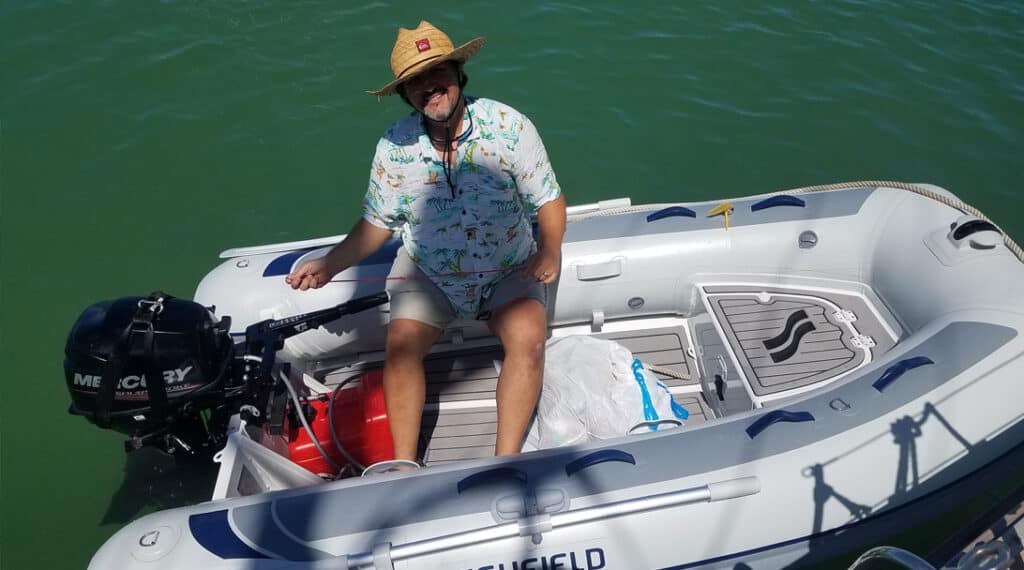
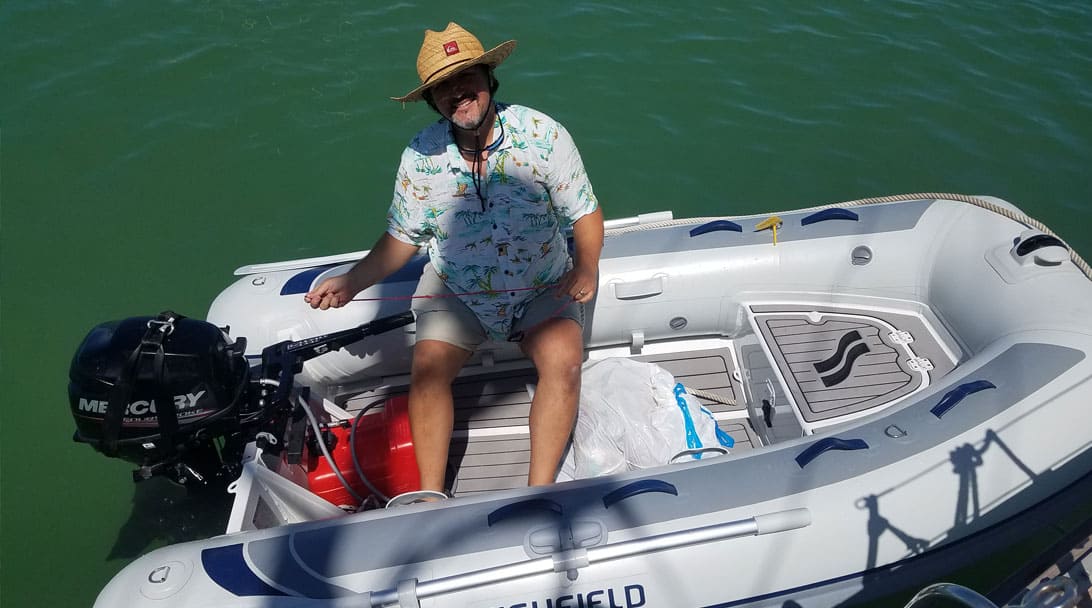



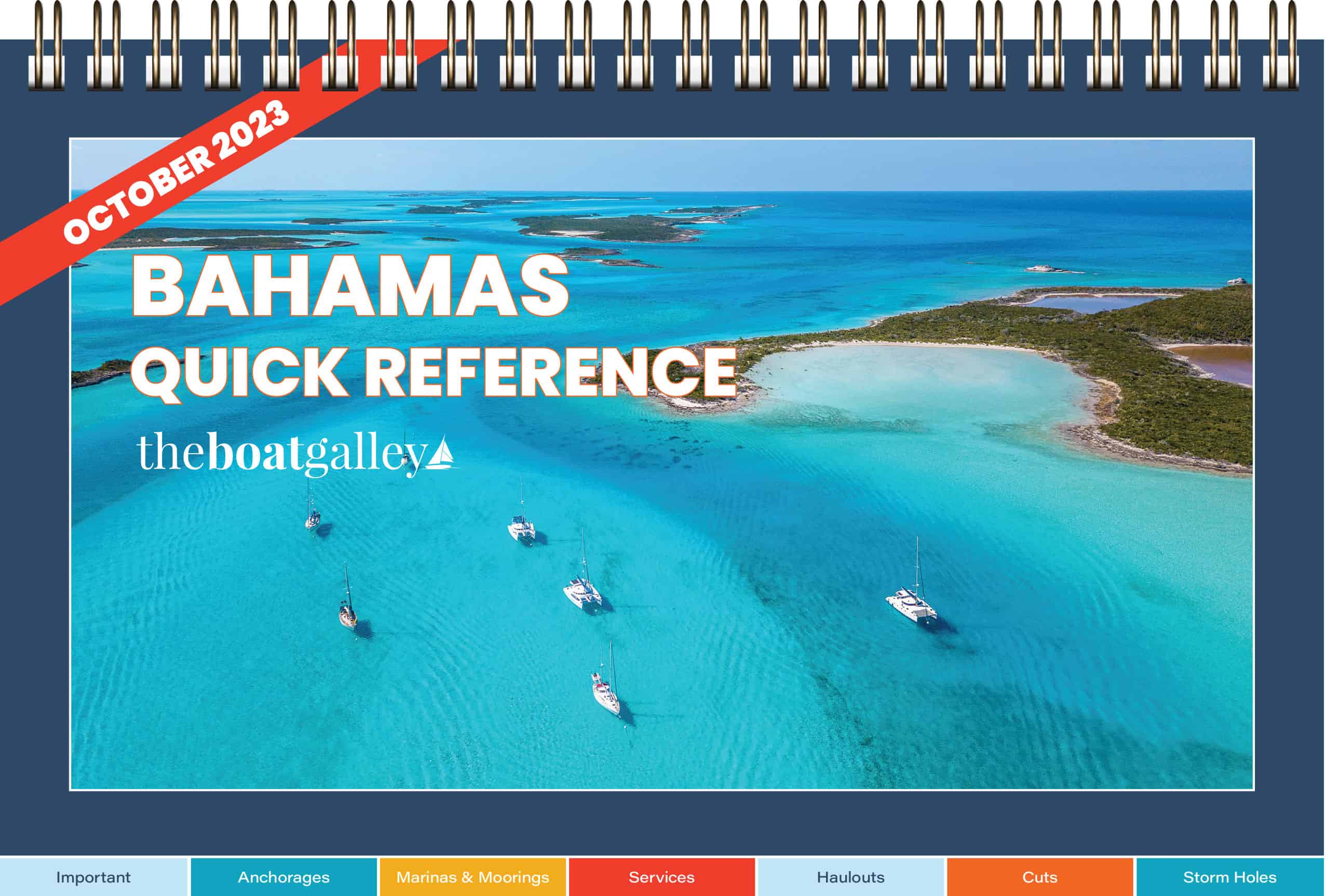
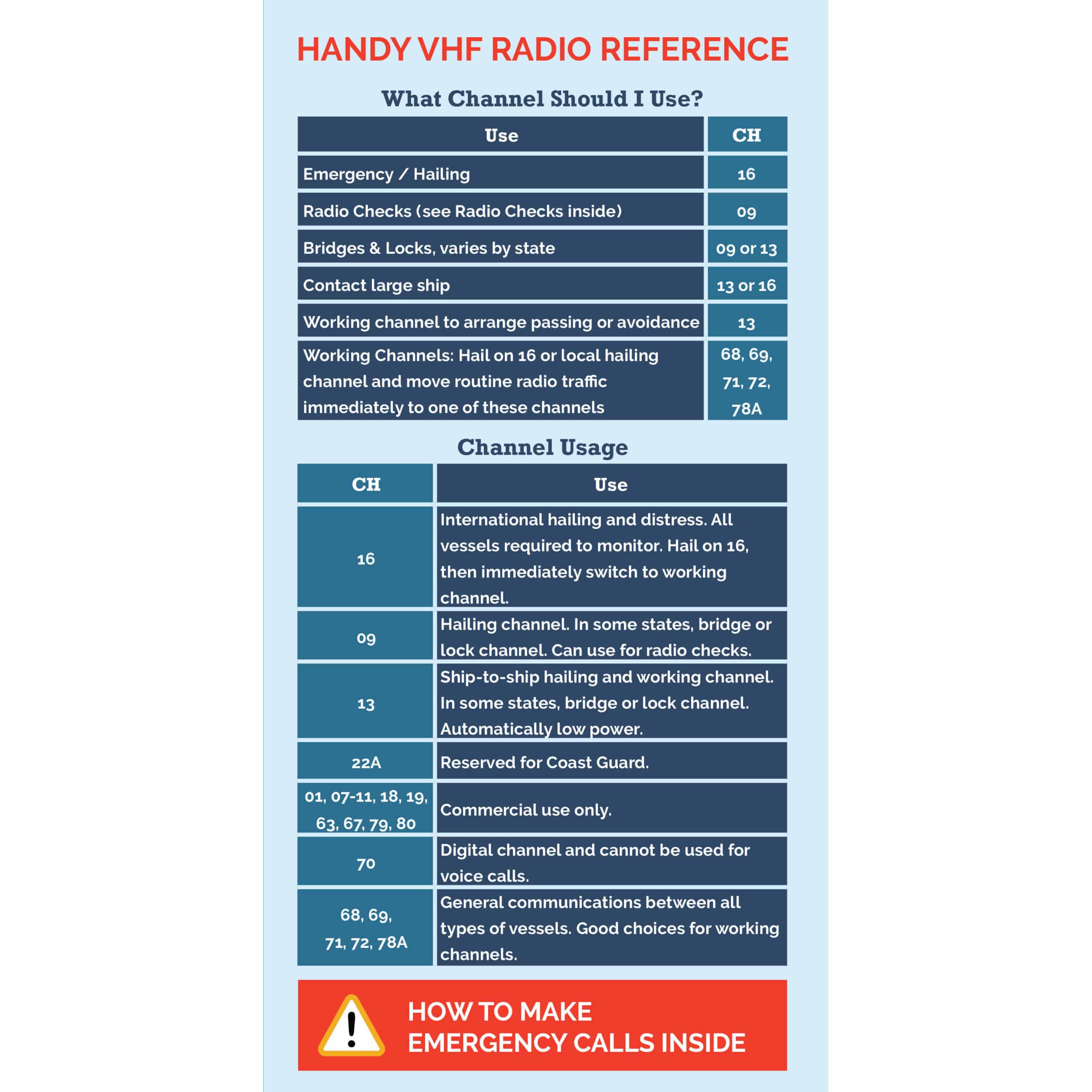



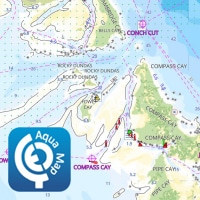
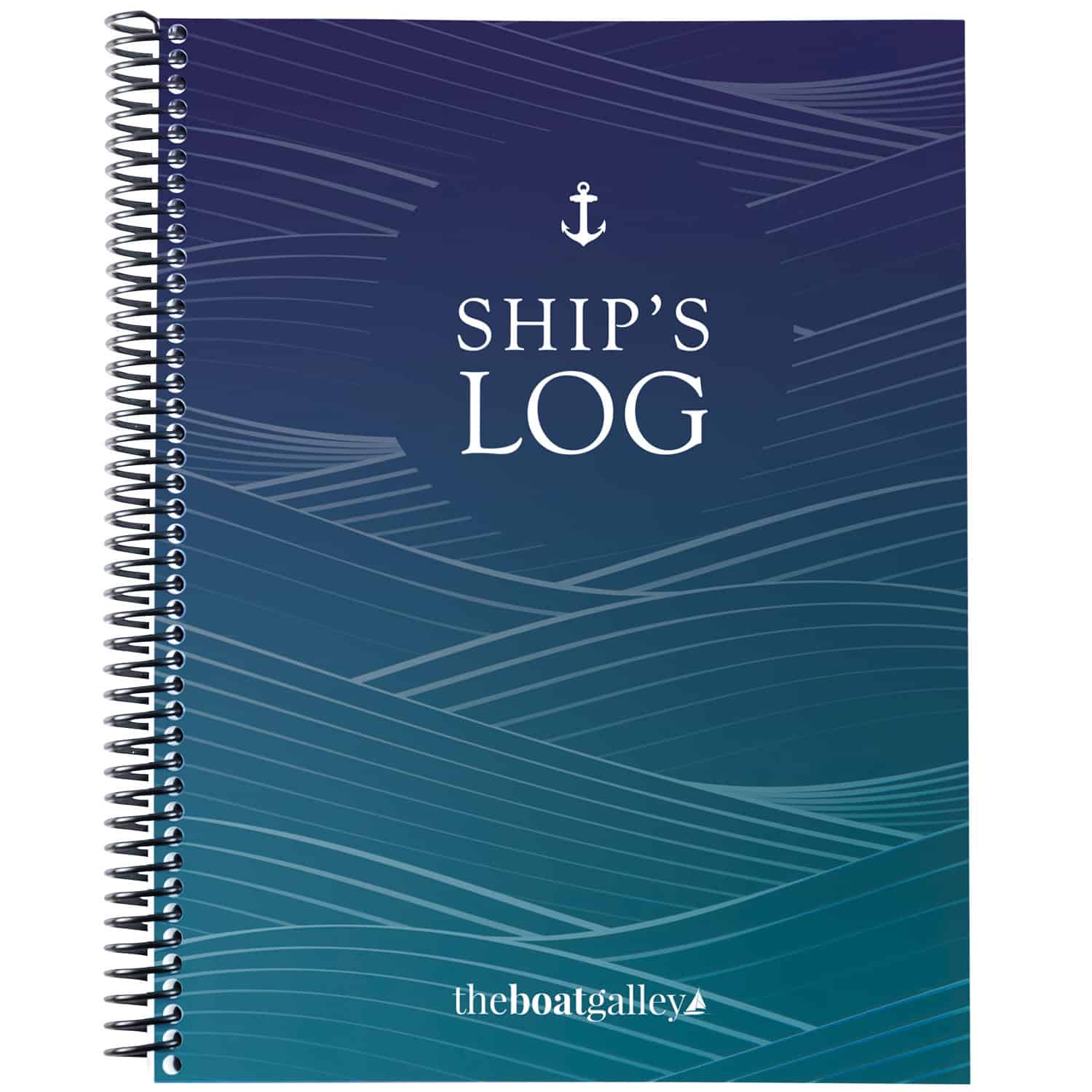
The Boat Galley says
Glad it was returned! Yep, it’s a real sinking feeliing when you realize it’s missing.
The Boat Galley says
Oh no! Glad you got it back. And good point about the shackles.
Carolyn Shearlock says
Sorry to hear you had a problem, but a great outcome!
Carolyn Shearlock says
I’ve never heard of an alarmed cable — great idea!
Bill Murdoch says
It is a shame that the Trimax alarm cable lock is only 6 ft long. That is only 3 ft when looped. I would want more at the dinghy dock. If it is shaking that sets it off, will it alarm for boat wakes?